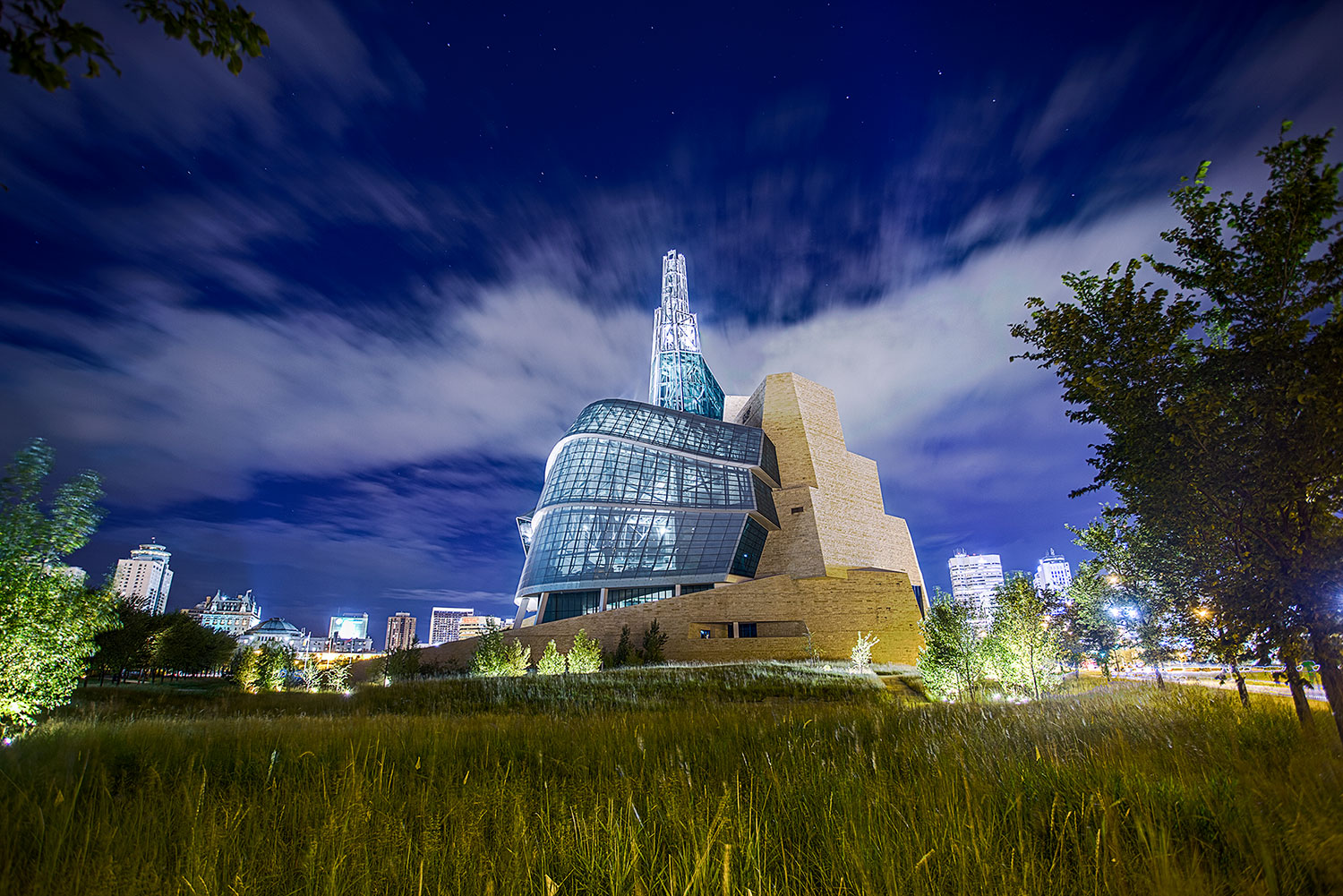
22 Jun Reflecting on Life at the Canadian Museum for Human Rights
One will never be able to fully understand the extent of another’s pain and struggles. Nevertheless, it’s important to try. It’s important to look at situations from various angles. It’s important to have empathy. Traveling has taught us the importance of respecting different cultures, different histories, and different beliefs. The world is a beautiful place with so many wonderful opportunities to connect with others who are different from us, and thankfully we have been able to meet some amazing people from all over the world.
But, with the good comes the bad, and not only have we read about injustice and lack of human rights in history books time and time again, we have also witnessed it firsthand, as well. Even today, the world is full of injustice, hatred, judgment, misunderstanding (intentional or not), bigotry, the stripping of basic human rights, and the list goes on.
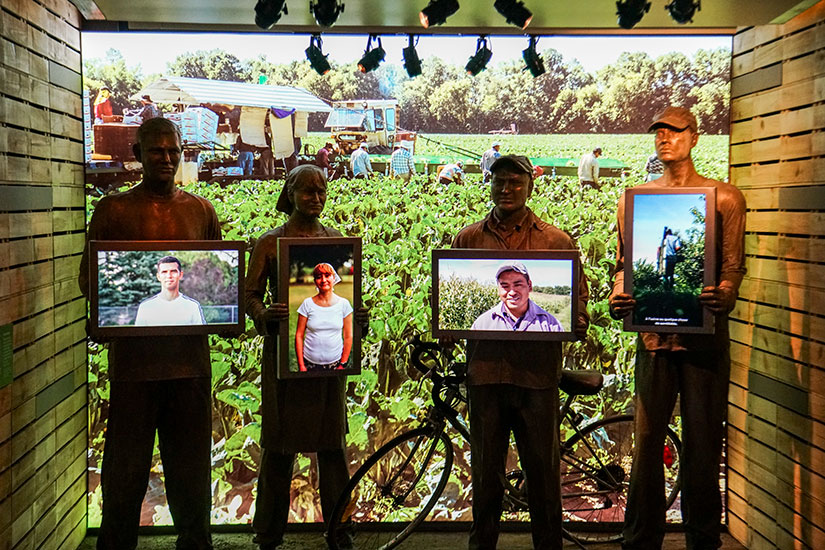
Because of this, we as humans need to take steps to make the world we live in a better place, and I firmly believe that education and compassion are where we need to start. Enter the Canadian Museum for Human Rights.
“The Canadian Museum for Human Rights (CMHR) is the first museum solely dedicated to the evolution, celebration and future of human rights. Our aim is to build not only a national hub for human rights learning and discovery, but a new era of global human rights leadership.” – Canadian Museum for Human Rights
Located in Winnipeg, Canada, CMHR is the first national museum to be built outside of Canada’s National Capital Region. It is an interactive and immersive museum, and a fantastic way to learn about human rights. Uplifting and heavy all in one, if you walk into the museum with an open mind and a willingness to learn, you will walk out a different person.
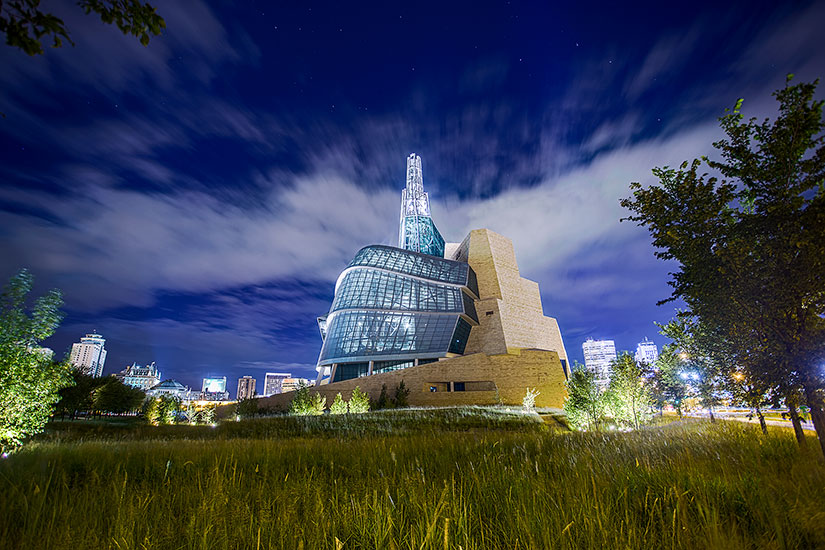
The museum’s purpose is to explore the human rights topic by promoting an understanding of human rights and a respect for others through discussion and reflection. Throughout the museum, you are encouraged to reflect on what human rights means to you, and as you wander through the various exhibits and galleries, you will certainly have lots to think about.
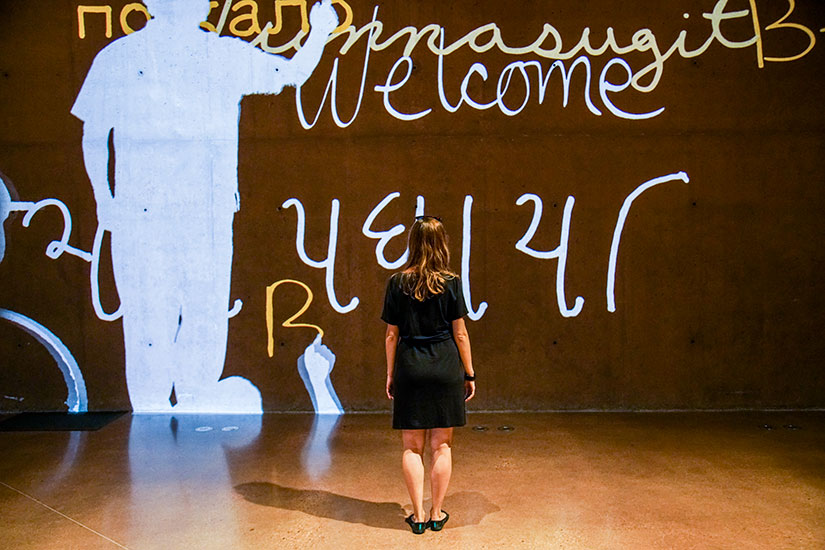
There are several ways to visit the museum—you can explore and wander on your own, on a self-guided tour with the mobile app, on a guided tour, or any combination of the three, which is exactly what we did. When we arrived, we joined the Explore the Galleries Tour, which is a 90-minute tour for an additional cost of $5 per person. It was the perfect introduction to the museum, and we learned so much more than I ever expected. Our tour guide was very knowledgeable and provided insights about the museum—we experienced several of the exhibits on a deeper level than we would have if we were just wandering through the museum on our own. If you have the chance, we would definitely recommend hopping on a tour!
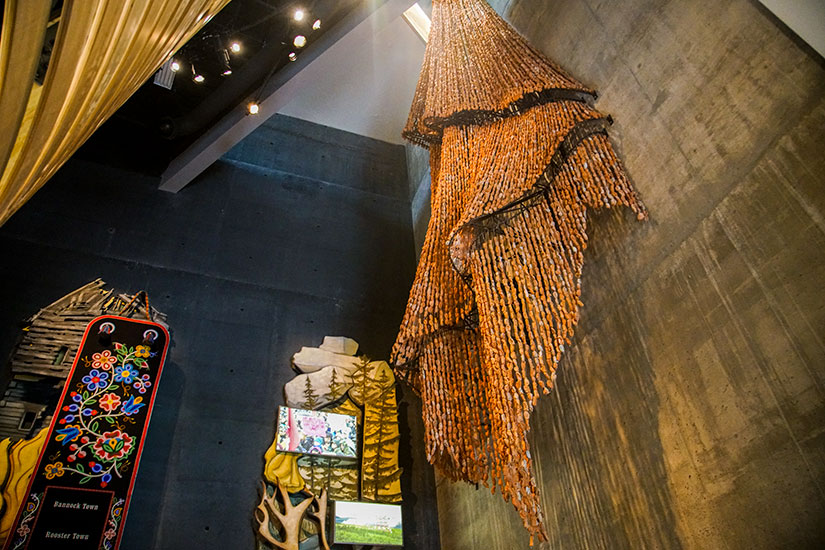
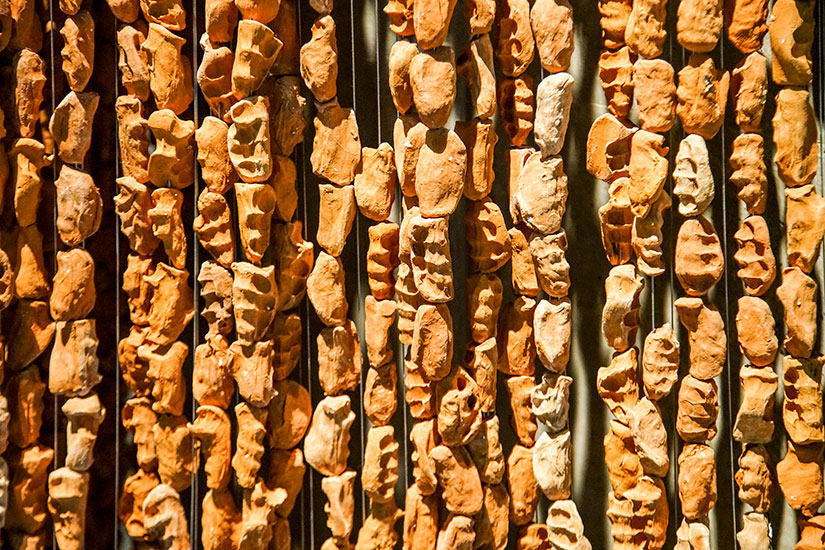
Because the tour is only 90 minutes long and the museum is so large, we weren’t able to discuss every exhibit. So, after the tour, we explored more of the museum on our own, and then had lunch in the delicious on-site café, ERA Bistro. They focus on serving locally sourced ingredients whenever possible, and everything we ordered was fantastic.
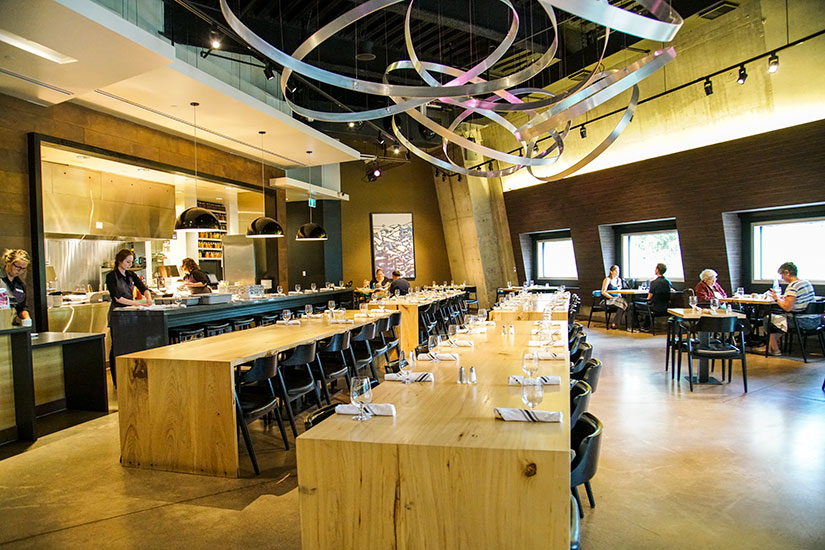
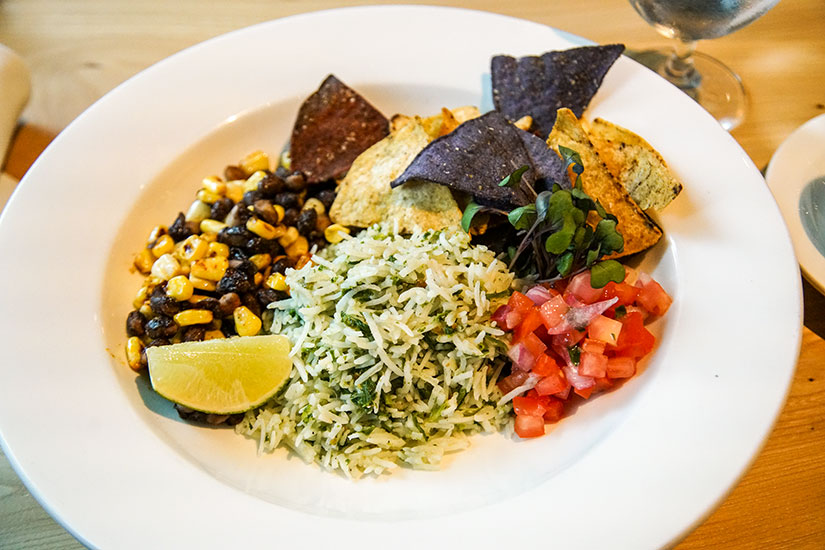
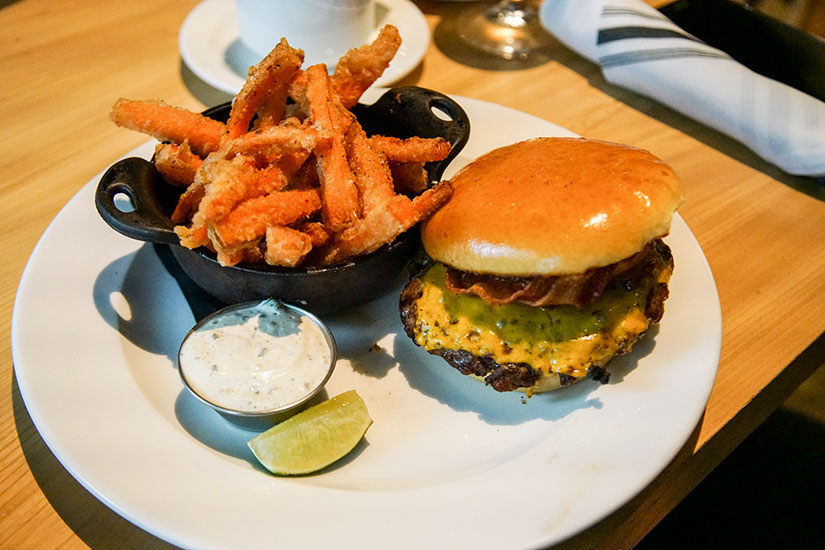
Even though we spent several hours inside CMHR, we didn’t even come close to fully experiencing everything they have to offer.
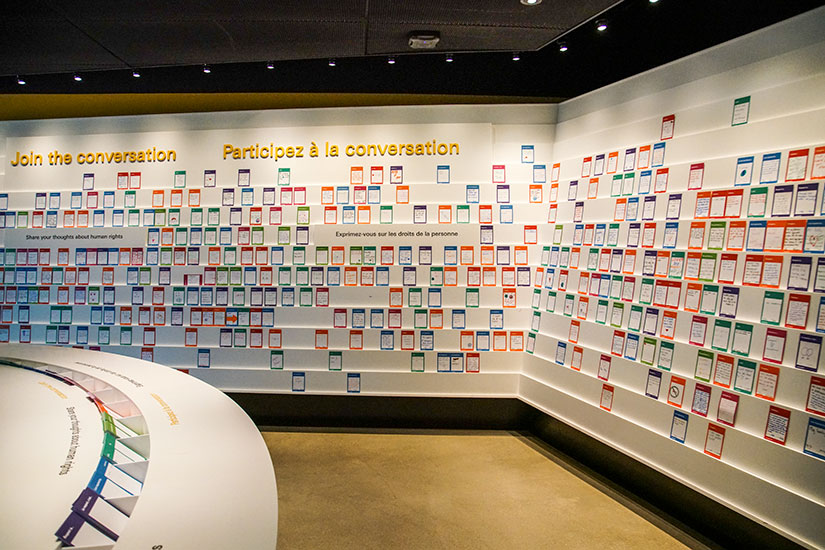
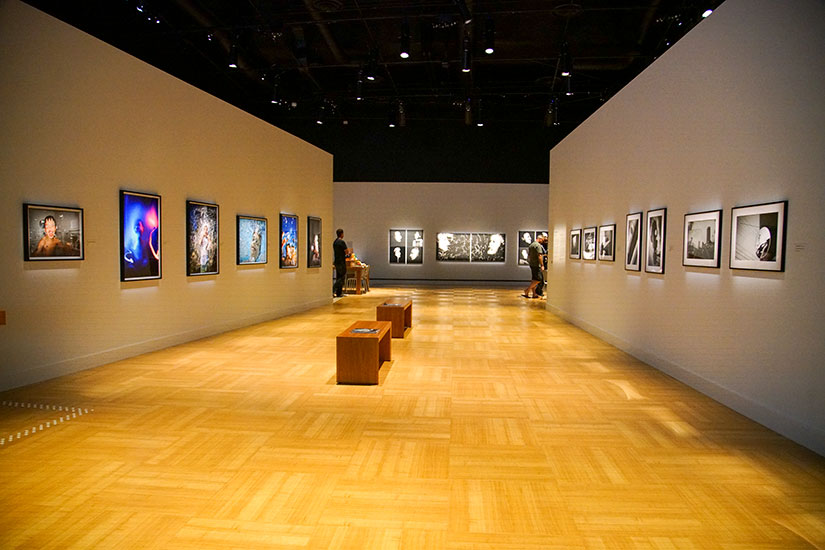
We learned that the design of the building is full of Canadian symbolism—it represents the mountains, prairies, lighthouses and glaciers—all important aspects of the landscapes throughout the country. The base of the building was designed to look like roots as a reminder to keep yourself grounded, and the overlapping design on the windows is meant to represent dove’s wings as a sign of peace, tolerance and respect.
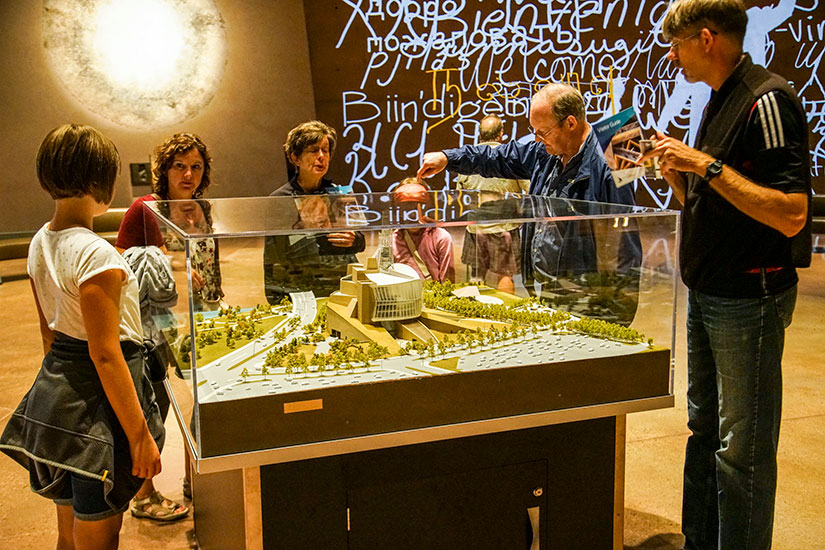
Throughout the inside of the museum, there is a ribbon of light that takes you on a journey from darkness to light. You start in a dimmer atmosphere in exhibits and galleries that explore a darker side of human rights and history. As you progress, the ribbon of light takes you through more uplifting exhibits and galleries where the lighting gets brighter and then all the way to the top of the building to the Tower of Hope. I loved the symbolism of the ribbon of light and felt it was an inspiring way to design the flow of the museum.
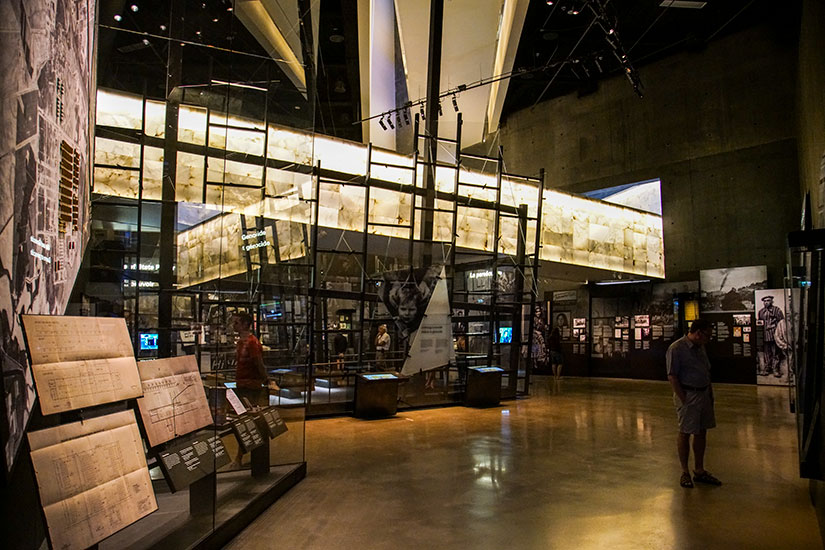
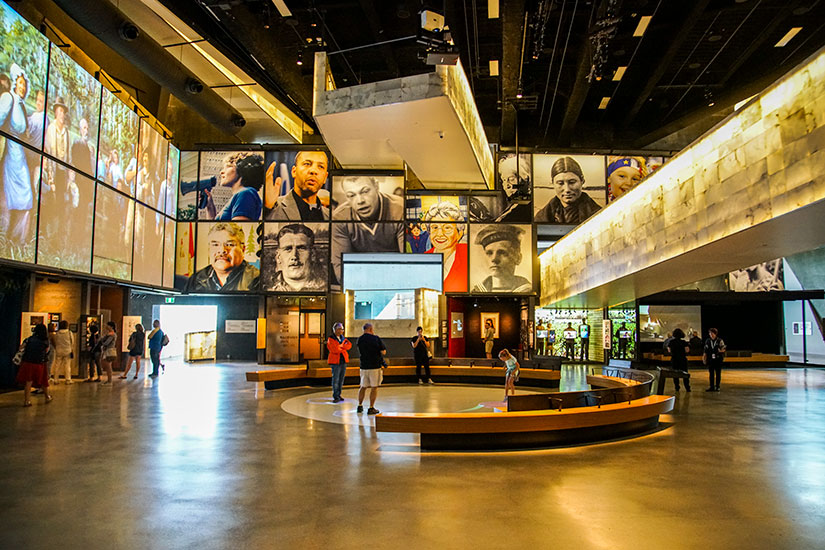
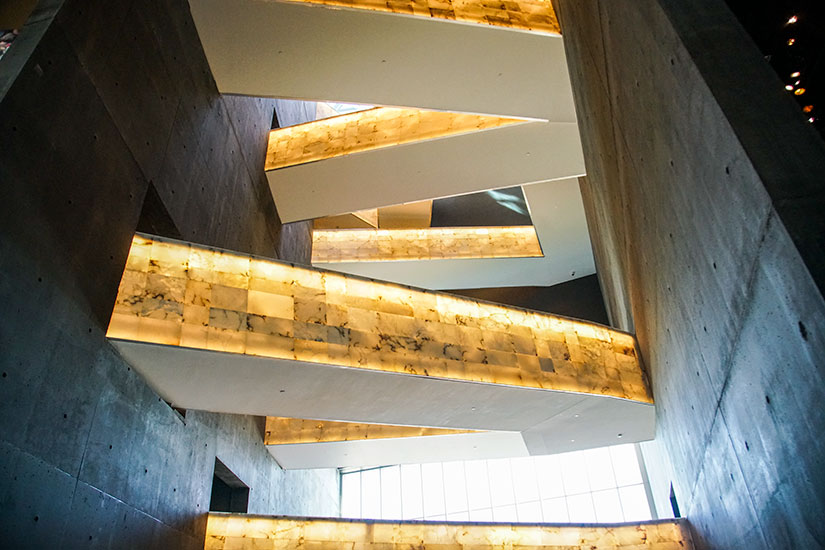
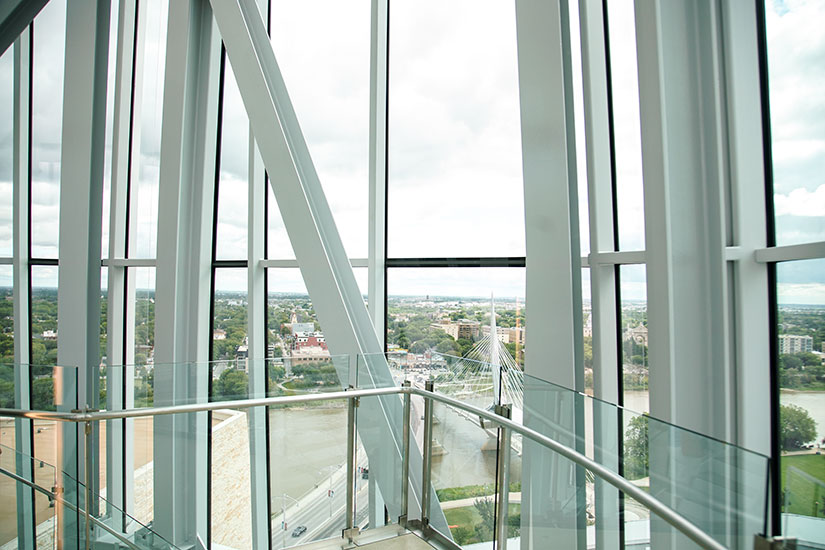
I really enjoyed how interactive the exhibits and galleries were, as well. When you have a chance to actively engage with a subject, it becomes more meaningful and it sticks with you longer.
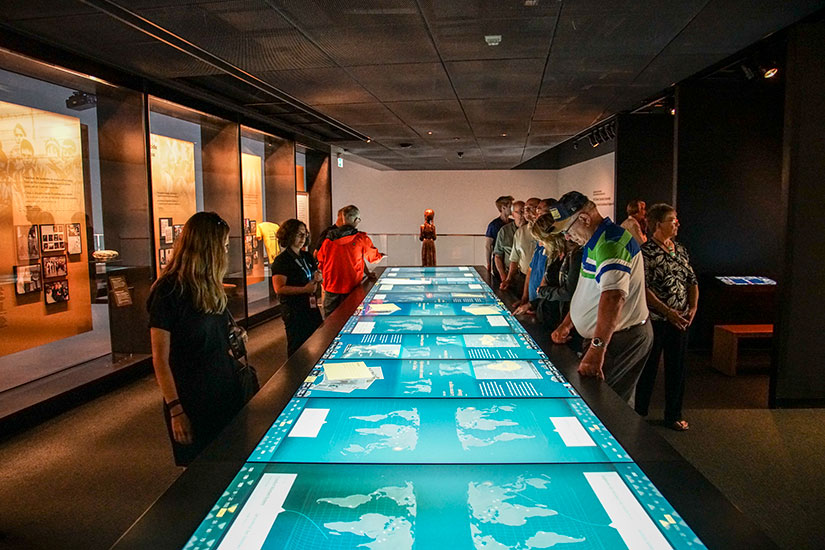
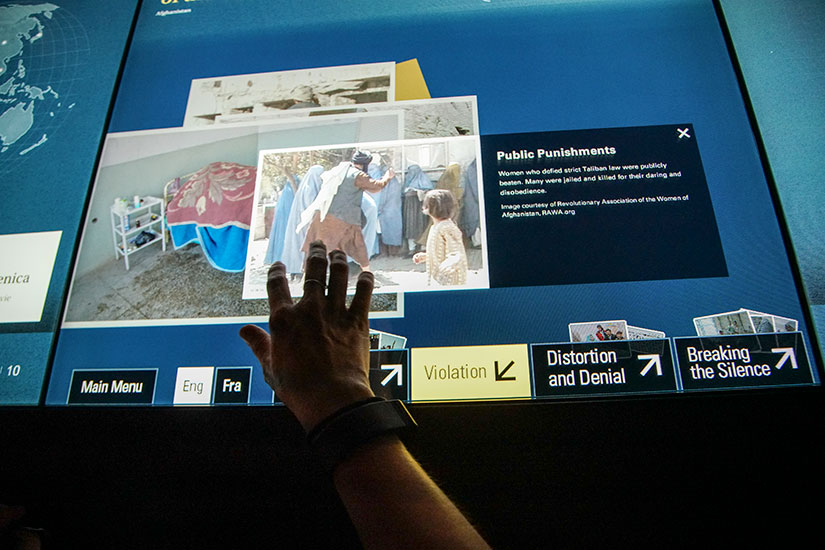
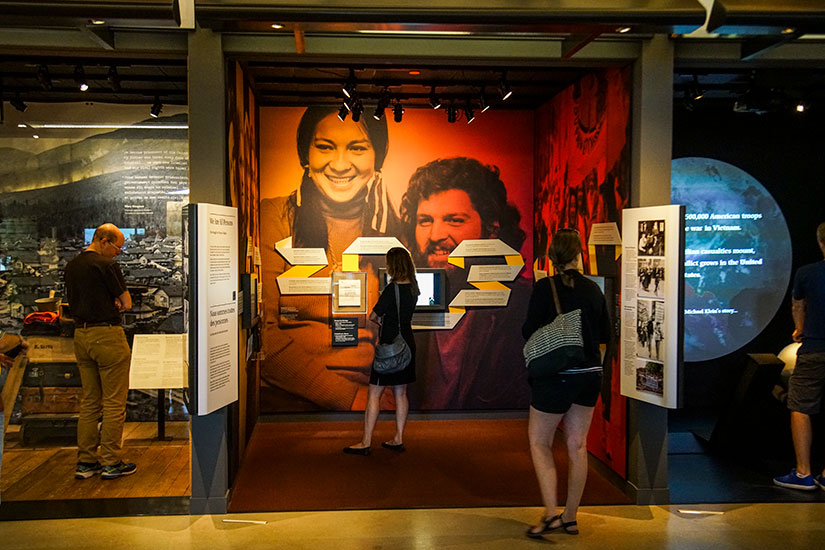
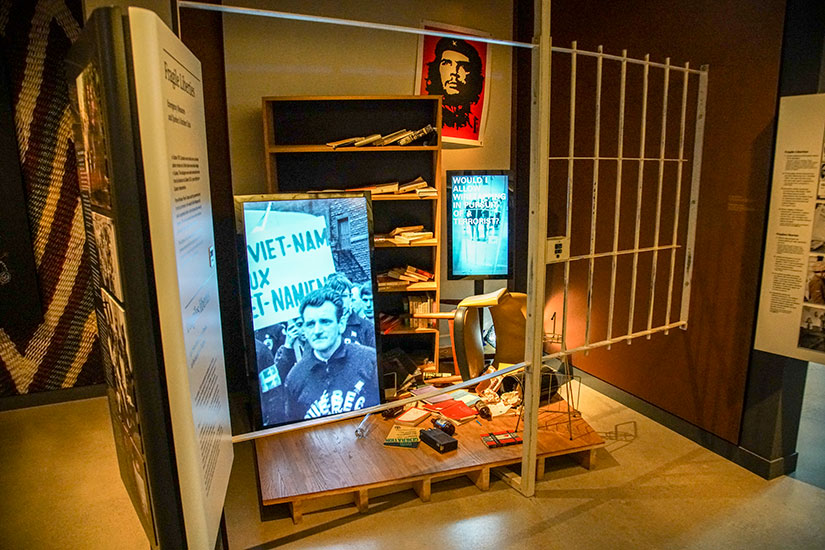
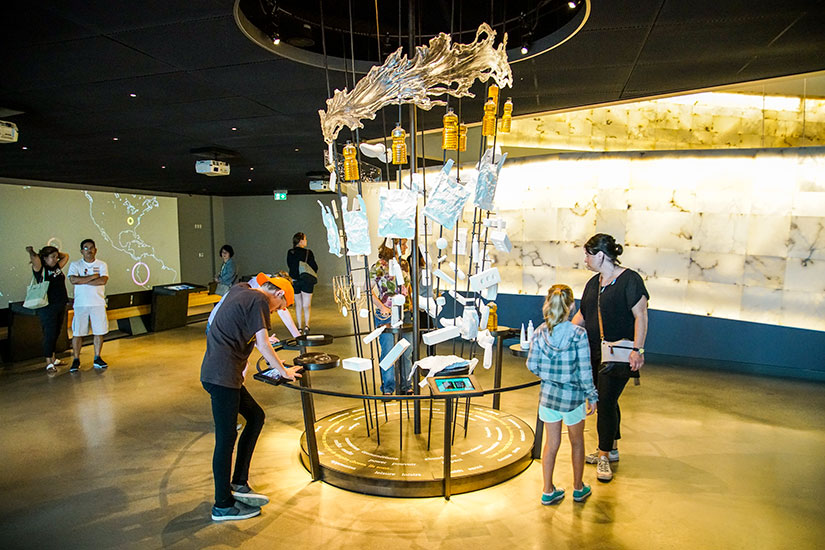
A few of the displays that we will never forget were the ones that happened in the very recent past—I’m still shocked that these instances happened within the last 50 years and some even in the past few years. For example:
It wasn’t until 1967 when the first woman ran in the Boston marathon, and during the race, her number was ripped as officials tried to pull her out of the race.
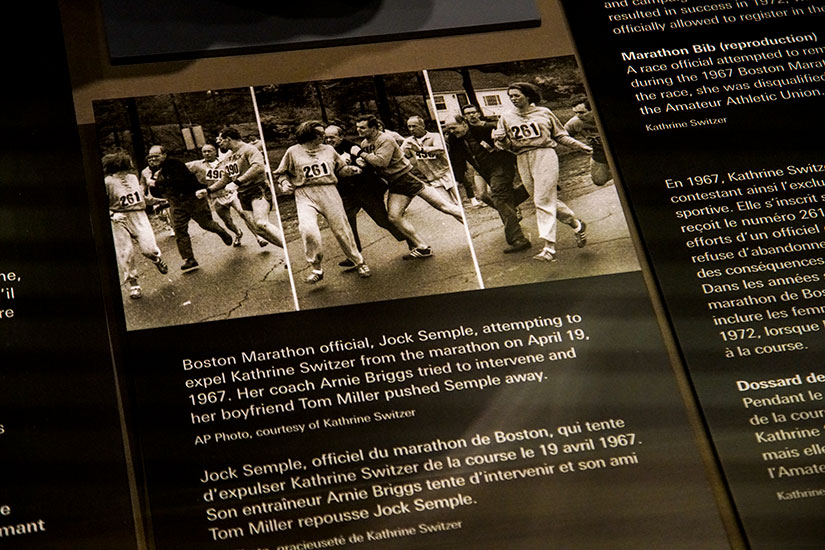
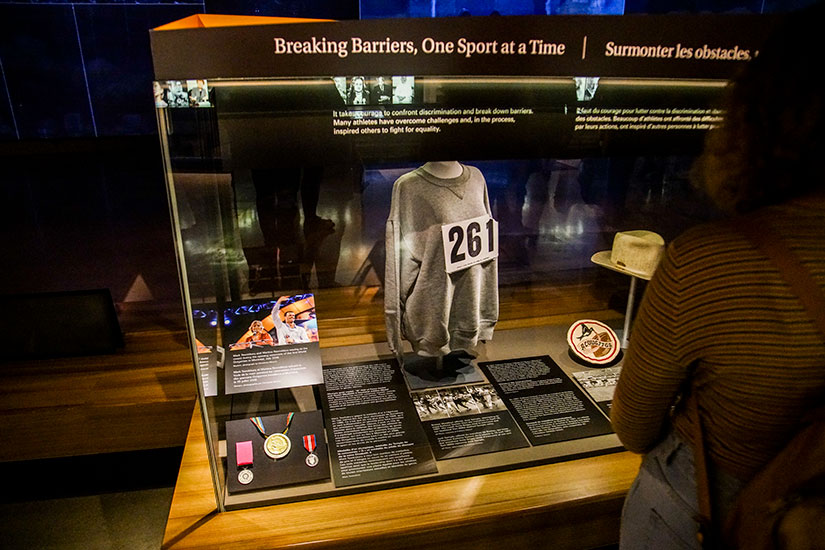
It wasn’t until 1992 that the first openly gay Olympian won a gold medal.
It wasn’t until 2013 that the first integrated prom was held in Wilcox County High in southwest Georgia. Up until this point, proms were private, segregated events for students based on race. A few students decided to organize what they deemed “Integrated Prom”, and while it was a groundbreaking event for the community and a huge success (with around 150-200 attendees), many others still decided to attend the traditional, invitation only “white prom”. Thankfully though, this prom was a step in the right direction and hopefully, progress can continue.
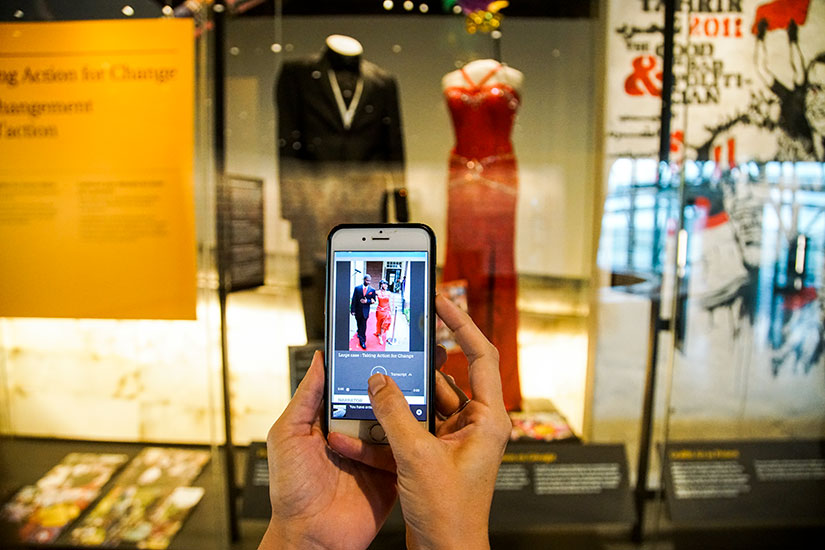
I can’t even comprehend that these instances are still going on even today, but it goes to show how important it is to raise awareness and speak up. Living in denial, hiding in your comfort zone, or not thinking outside of your own bubble benefits no one, not even yourself. We need to be open to the possibility of the injustice people face so that we can process the information and do something to help. With all that is going on in our world today, it’s so important to step back and look at how our actions and words affect others.
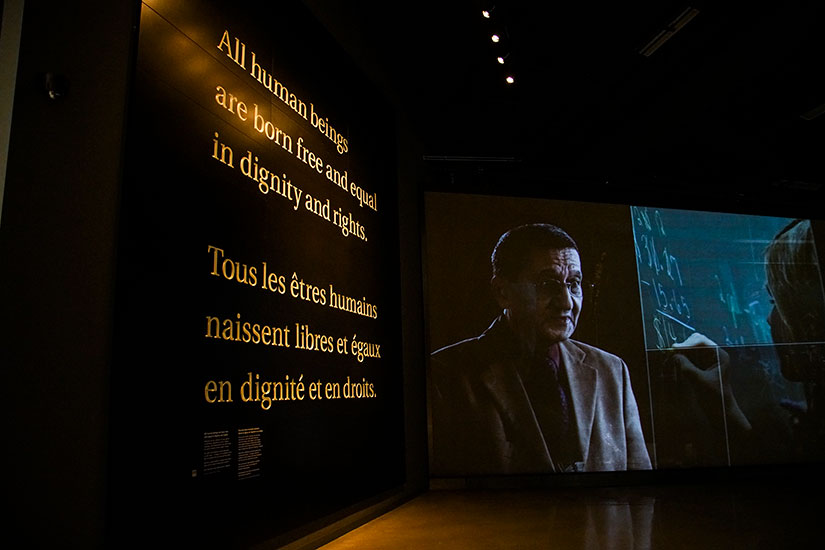
I’ve always looked at education and awareness as important, and this museum just strengthened that belief. I left with new perspectives and an even stronger desire to fight for those who can’t fight for themselves, to fight alongside those who can and to spread as much kindness and compassion as possible. And I encourage you to do the same.
Pin It!
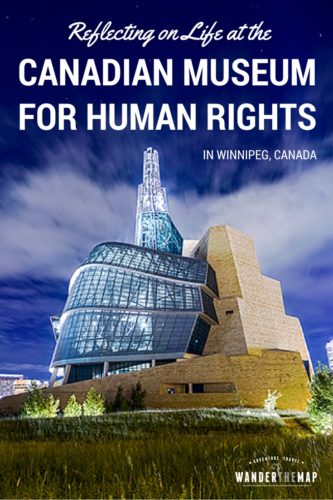
Special thanks to Travel Manitoba and Canadian Museum for Human Rights for providing us with complimentary admission to the museum. As always, all opinions are our own.

